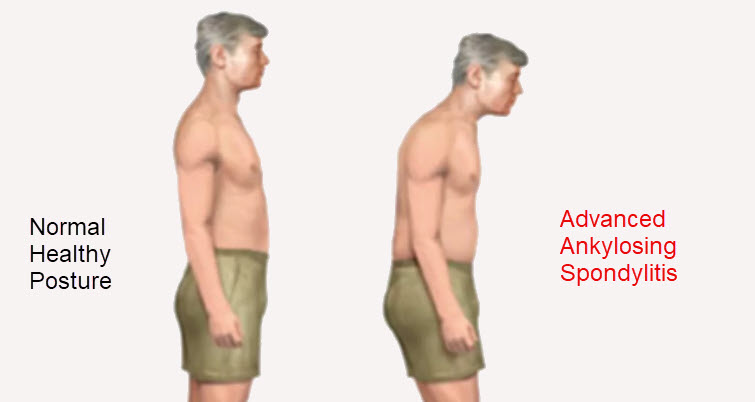
A breakthrough (potential cure!) patient and families dealing with Ankylosing Spondylitis need to know about.
A breakthrough (potential cure!) patient and families dealing with Ankylosing Spondylitis need to know about. https://bestpracticehealth.com/wp-content/uploads/2023/10/Ankylosing-Spondylitis.jpg 755 402 Best Practice Health Best Practice Health https://bestpracticehealth.com/wp-content/uploads/2023/10/Ankylosing-Spondylitis.jpgOverview of Ankylosing Spondylitis
Ankylosing Spondylitis is an autoimmune disorder in which inflammation affects the joints and ligaments of the spine, leading to significant pain and eventually disability. The condition is relentless, painful, and progressive. Despite years of research, and an unusually good understanding of the genetics of the disease, treatments options are marginal at best. Until now. A new breakthrough therapy may bring hope to many patients suffering from this debilitating disease.
Breakthrough Treatment Option
An article on ankylosing spondylitis was published in the journal Nature Medicine today by a Russian research group. While I am not familiar with the scientists, this journal is renowned for its credibility and expertise. The authors conducted animal tests to show if they could inhibit the immune system components responsible for ankylosing spondylitis in humans. They did.
The animal work alone would have been extremely good news. Ankylosing Spondylitis is a condition that progresses over time and is disabling. This approach, if it were as successful in humans as it was in the animal trials, would be an effective cure for ankylosing spondylitis. The most exciting part of this paper published today is what came next.
Human Study Result
In 2019 the Russian investigators tried this treatment in a single subject. He was a 57 year old man. The test subject had a long history of morning stiffness, as well as severe back and hip pain due to ankylosing spondylitis. After undergoing infusion of the new treatment everything changed.
“The patient’s well-being progressively improved over 3 months after administration of the drug. Morning stiffness in the spine and pain in the right hip joint disappeared, and the patient’s physical activity increased.”
When the man’s pain came back the investigators likely expect it. Based on their translational research, the new approach was only expected to last a few months. I’m sure they were delighted with what happened next.
The Russians repeated the treatment, and the pain again went completely away. According to the report, this man has been in treatment for four years and remains pain free, effectively cured of his ankylosing spondylitis symptoms, with improved spinal mobility.
How the Treatment Works
The new therapy works by targeting specific immune system components responsible for triggering ankylosing spondylitis. It utilizes a form of antibody-based immunotherapy, which is designed to specifically inhibit the action of immune cells. This inhibition stops the inflammatory response that leads to pain and disability caused by ankylosing spondylitis.
Availability of the Treatment
At this time, the treatment is not available to patients outside of clinical trials; however, researchers are actively working to bring this therapy to market in the near future.
In the meantime, patients with ankylosing spondylitis should continue to take nonsteroidal anti-inflammatory drugs (NSAIDs) such as ibuprofen or naproxen to help manage their symptoms. These medications can reduce inflammation and pain in some cases. However, long-term use of NSAIDs can increase the risk of side effects such as gastrointestinal bleeding, heart attack, stroke, and kidney failure.
Doctors may also prescribe disease-modifying antirheumatic drugs (DMARDs). DMARDs are powerful medications that can slow the clinical features of ankylosing spondylitis and have been shown to slow radiographic progression of the disease. But they can have serious side effects and should be used with caution.
Surgery for Structural Damage
In some cases, patients with ankylosing spondylitis can cause permanent damage to the joints and spine. The patient in this clinical study had earlier undergone total hip replacement. Others may require spinal decompression as well to improve their quality of life.
As exciting as this early case may be, further studies are needed. It is also exciting to note this approach may lead to new treatments for inflammatory disease that feature an immune response such as inflammatory bowel disease, psoriatic arthritis, and other rheumatic and autoimmune diseases.
Read the full ankylosing spondylitis report:
Targeted depletion of TRBV9+ T cells as immunotherapy in a patient with ankylosing spondylitis | Nature Medicine
- Posted In:
- Back pain
- Knowledge Center







